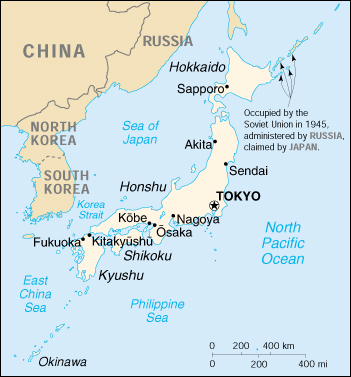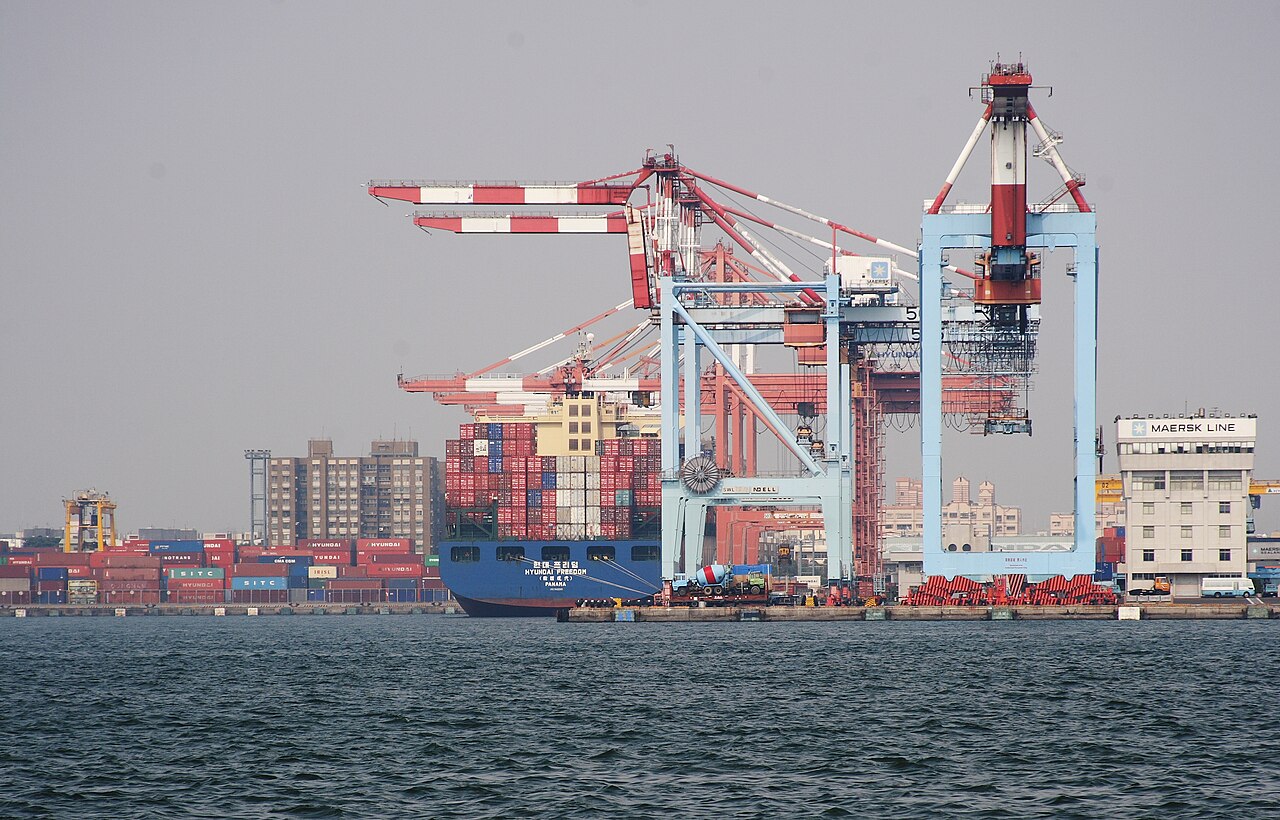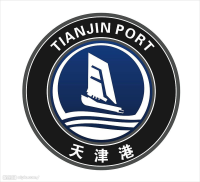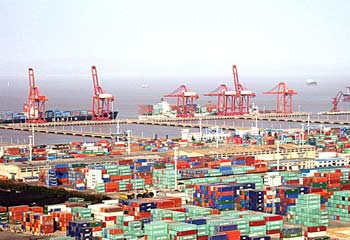
The Port of Tokyo lies at the head of Tokyo Bay on Honshu Island's Pacific coast. It is the biggest industrial and urban area in Japan and one of the major centers of the world economy. Located between the estuaries of the Tamagawa and Arakawa Rivers, the Port of Tokyo is just 14 nautical miles west of the Port of Chiba and about 23 kilometers northeast of the Port of Yokohama. It is also the capital of Japan and home to the Japanese Imperial family and the Imperial Palace. Containing 23 special wards, each of which is governed as a city in itself, the Port of Tokyo is the world's most populous urban areas.
In 2005, some 8.5 million people lived in the Port of Tokyo, and the prefecture was home to more than 12 million.
The Port of Tokyo is one of the most important financial centers in the world. According to The Economist's Big Mac Index, the Port of Tokyo's workers earn the highest salaries in the world. That's a good thing, since it is also recognized by many economic think tanks as the most expensive city in the world as well. Despite its great urban population, the Tokyo Prefecture is 35% forest, and it contained almost 8.5 thousand hectares of agricultural lands in 2003. While fish was once a major economic sector, the city gets most of its fish from the outer islands today. The Port of Tokyo also supports a busy and productive tourism industry.
The Bureau of Port and Harbor of the Tokyo Metropolitan Government is the port authority for the Port of Tokyo. The Bureau is responsible for managing, administering, maintaining, and upgrading the Port of Tokyo. It also develops reclaimed lands, the waterfront sub-center, and seaside parks. The Bureau is also responsible for implementing measures to mitigate high tides and for developing harbors and fishing ports in the outer islands.
The Port of Tokyo serves not only the local metropolis but much of the Shinetsu Region and the southern Tohoku area, encompassing a population of some 40 million people. The Port of Tokyo plays a vital role in area-wide transportation, linking land and sea transport of goods for both imports and exports. The Bureau has worked hard to assure the Port of Tokyo keeps up with the changing maritime commerce environment by enhancing terminals for containers, ferries, and specialized cargoes and by providing ample warehouse storage and distribution centers located conveniently on reclaimed lands behind the terminals and transportation networks.
In 2007, the Port of Tokyo served more than 31.3 thousand vessels carrying 87.6 million tons of cargo. Over 6.4 thousand were ocean-going vessels carrying 46.1 million tons of foreign trade, and more than 24.8 thousand domestic vessels carried 41.5 million tons of domestic cargoes. Foreign trade cargoes included 5.4 thousand container vessels carrying 43.4 million tons of containerized cargoes in 3.7 million TEUs. Foreign cargoes of 46.1 million tons handled in the Port of Tokyo in 2007 included 17.6 million tons of exports and 28.5 million tons of imports. In addition to other (6.4 million tons) and combined cargoes (1.9 million tons), foreign exports were dominated by chemical products (1.6 million tons), electrical equipment (1.4 million tons), manufactured goods 1.2 million tons), machinery (1.2 million tons), and auto parts (1.0 million tons). Other exports included scrap metal, reusable materials, and pulp and paper.
Aside from other cargoes (13.4 million tons) and combined cargoes (3.5 million tons), the Port of Tokyo handled foreign imports that included electrical equipment (1.9 million tons), fruits and vegetables (1.6 million tons), chemical industry products (1.5 million tons), manufactured goods (1.3 million tons), processed foods (1.2 million tons), furniture and equipment (1 million tons), clothing and footwear (1 million tons), livestock products (1 million tons), and lumber (1 million tons).
Domestic throughput of 41.5 million tons in the Port of Tokyo in 2007 included 24.9 million tons of outbound and 26.6 million tons of inbound cargoes. Outbound cargoes were dominated by cars (7.7 million tons), waste soil (2 million tons), and combined cargoes (2.3 million tons). Inbound domestic cargoes in the Port of Tokyo were dominated by cars (6.1 million tons), sand and gravel (5.7 million tons), cement (2.7 million tons), and petroleum products (2 million tons).
The Port of Tokyo covers over a thousand hectares of land area and 5.3 hectares of water surface. Its breakwater is over 8.5 thousand meters long, and its wharves and piers total over 22.7 thousand meters with some 204 berths including 15 berths of 4.5 thousand meters for containers. The Port of Tokyo contains over 209.4 thousand square meters of public transit sheds and more than a million square meters of public open-air storage yards. Its timber basins cover over 999 thousand square meters, and the Port of Tokyo's Heliport covers more 147 thousand square meters.
The Aomi Container Terminal in the Port of Tokyo has 1570 meters in five berths. The Tokyo Metropolitan Government operates three of the berths, and the Tokyo Port Terminal Corporation operates two of the berths. The berths are equipped with 12 container cranes. The Port of Tokyo's Aomi Container Terminal can accommodate large container vessels up to 50 thousand DWT. The Aomi Cargo Distribution Center occupies two buildings behind the wharf and has capacity to handle, store, and convey cargoes.
The Port of Tokyo's Shinagawa Container Terminal is a public terminal managed by the Tokyo Metropolitan Government. Opened in 1967, it is the oldest container terminal in Japan. Today, it serves container routes to China, Korea, Southeast Asia, and coastal routes.



















